MSSBG-BGCI partnership to Save Humboldtia – an Endemic Genus of Indo-Sri Lanka
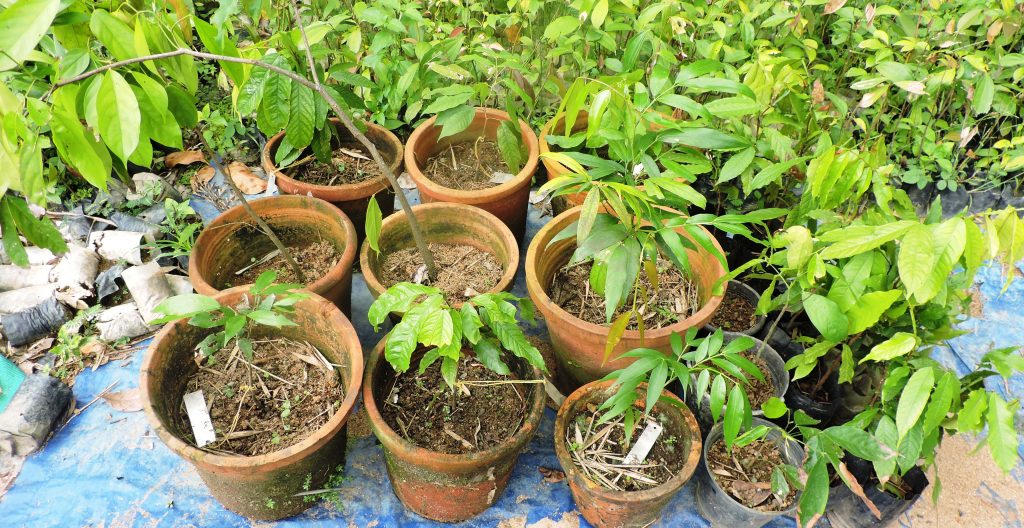
In partnership with the Botanic Gardens Conservation International (BGCI), MSSBG is implementing a project that aimed at collection, characterization, cataloguing, and conservation of the rare, endemic and threatened species of Humboldtia. Humboldtia is an exclusive tree genus in the Cassia family with beautiful flowers known with only nine taxa (includes seven species and two varieties) in the world. All these taxa but one species (Humboldtia. Laurifolia) are confined to forests of the Western Ghats of India. Humboldtia. Laurifolia is endemic to Sri Lanka. The Western Ghats endemics- Humboldtia bourdillonii; H. brunonis; H. brunonis var. rakthapushpa; H. decurrens; H. sanjappae; H. unijuga; H. unijuga var. trijuga; & H. vahliana) are found in restricted distribution in the Southern part of Western Ghats (Kerala to Goa). The species HumboldtiaunijugaBedd. var. trijugaJoseph &Chandr is known only from a small population in Chemunji hills in Agasthyamala Biosphere Reserve and it is listed as a Critically Endangered species by IUCN. Two of these species are recently described ones and known only by type collections. All the Indian endemic taxa are categorized under one or other IUCN Red list categories.
Humboldtia Collections at MSSBG
The present project is for multiplication of five species of the genus Humboldtia, H.bourdillonii Prain, H. brunonis Wall, H. decurrens Bedd. ex Oliver, H.sanjappae Sasi. & Sujanapal, H. vahliana Wight for augmenting the ex situ and in situ conservation. A Humboldtia Grove at MSSBG will be developed by adopting suitable propagation protocols, and in long term, it is planned for re-introduction of the propagules with help of the forest department to improve the in situ representation of this genus.
The Humboldtia species, reported from the Southern part of Western Ghats, from South Canara southwards, exhibit an interesting distribution pattern with regards to their extent of occurrence. Humboldtia valhiana, is the only species found throughout its range, from south Karnataka to Agasthyamala Biosphere Reserve. Three taxa (H. decurrens, H. unijugavar.unijuga and H. unijugavar. trijuga) are found to be restricted in the Agasthyamala Biosphere Reserve, south to Aryankavu gap, whereas two species (H. bourdilloniiand H. sanjappae) are restrictedin the small population ofPathanamthitta and Idukki districts ofKerala. The remaining two taxa (H. brunonisvar. brunonisand H. brunonis var. rakthapushpa) are found only to the north of Palghat gap,up to South Canara.
Details of the Humboldtia Species
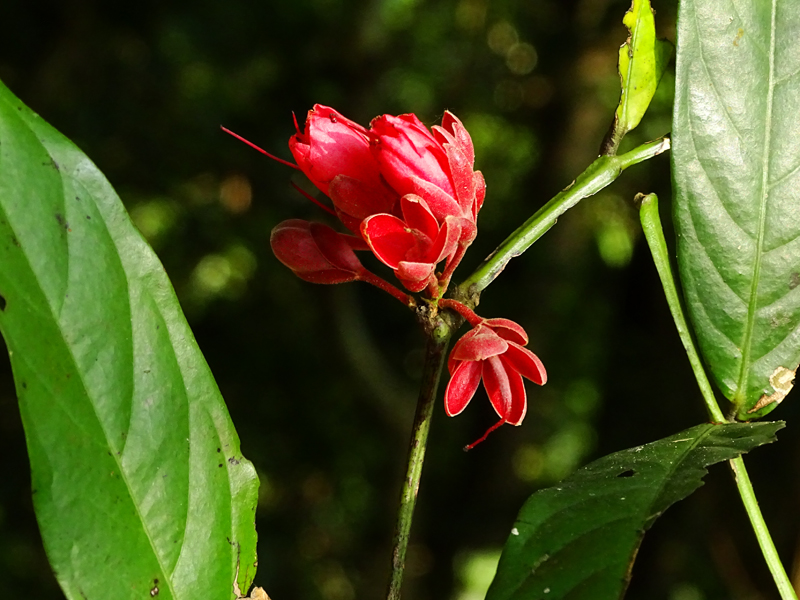
Found in very small locality in Chemunji hills near Bonaccord of Agasthyamala Biosphere Reserve. One or two small population <100 mature plants
Critically Endangered
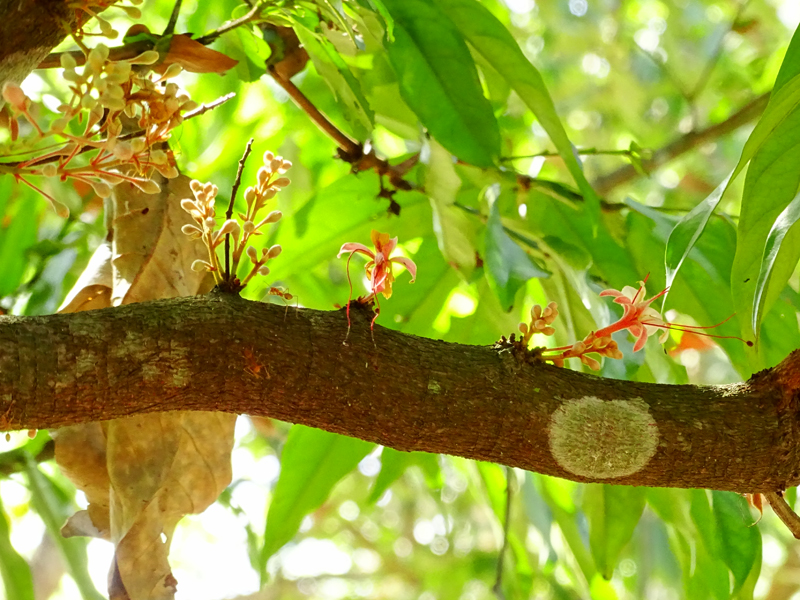
Found locally restricted to the forests of Pathanamthitta and Idukki districts of Kerala. Small population
Endangered.
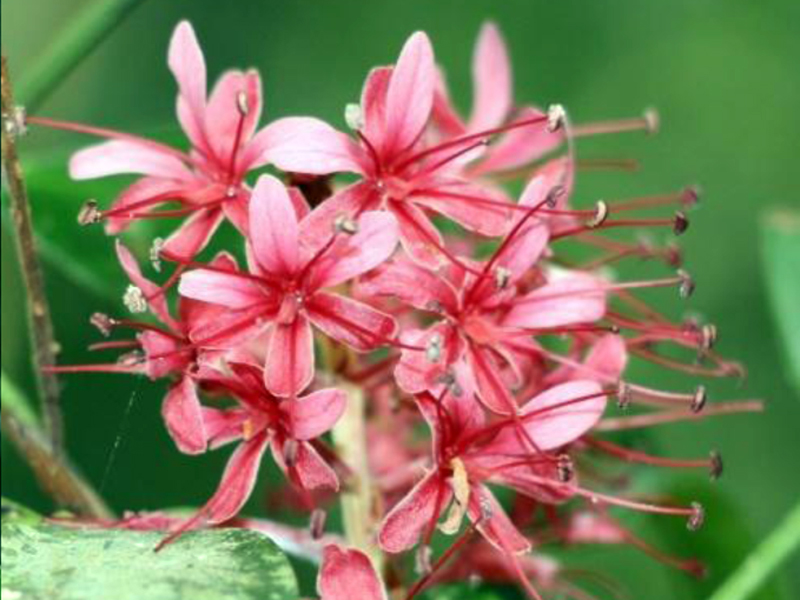
Kakkayam, Kozhikode, Kerala. Very sparse population of <100 plants Not Evaluated. But, can be considered as critically endangered.
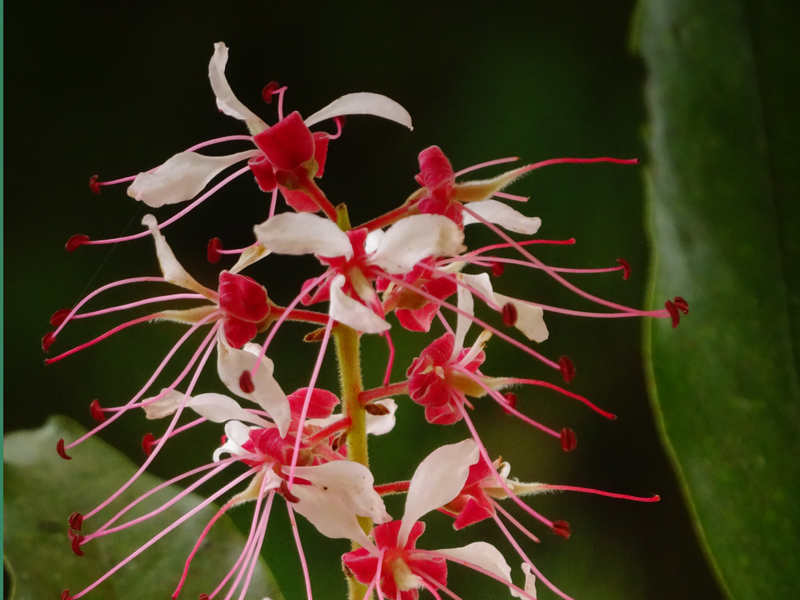
North to Palghat Gap and seen up to Uduppi Hills in Karnataka. Small population.
Endangered.
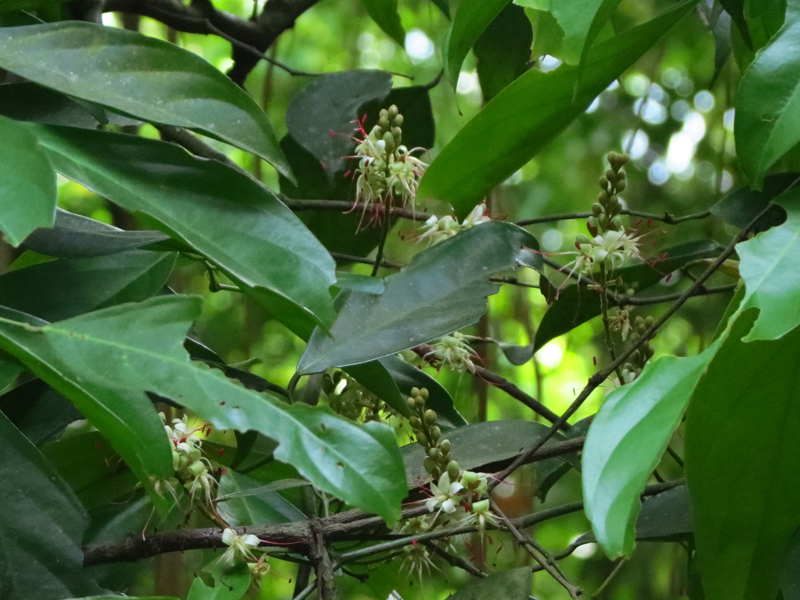
Neryamangalam Ghat section of Idukki district. Very small population
Not Evaluated. But, can be considered as critically endangered.

Restricted to the higher elevation of Agasthyamala Biosphere, above 1000 m altitude (4-5 sq km in Agasthyamala peak). Very small population
Endangered
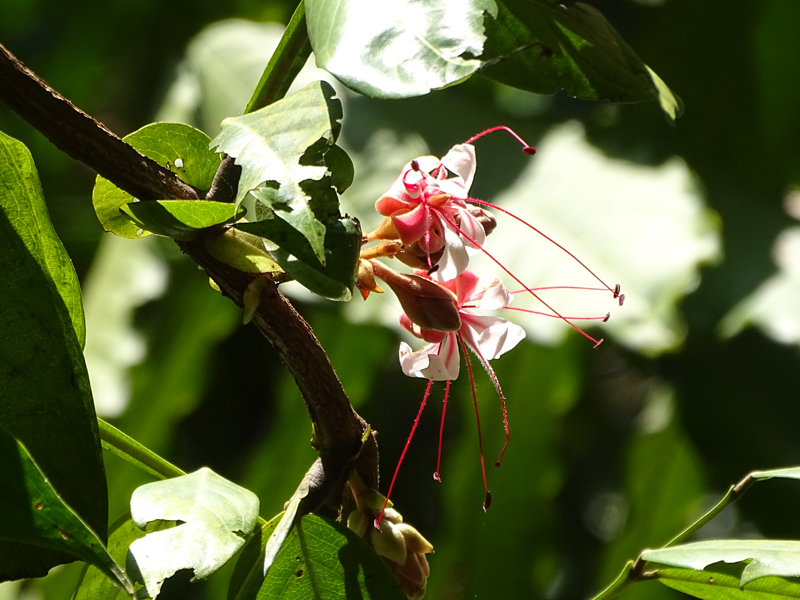
Agasthyamala Biosphere at southern most ends of Western Ghats. Scattered population of few numbers (700-1000)
Nearly Threatened
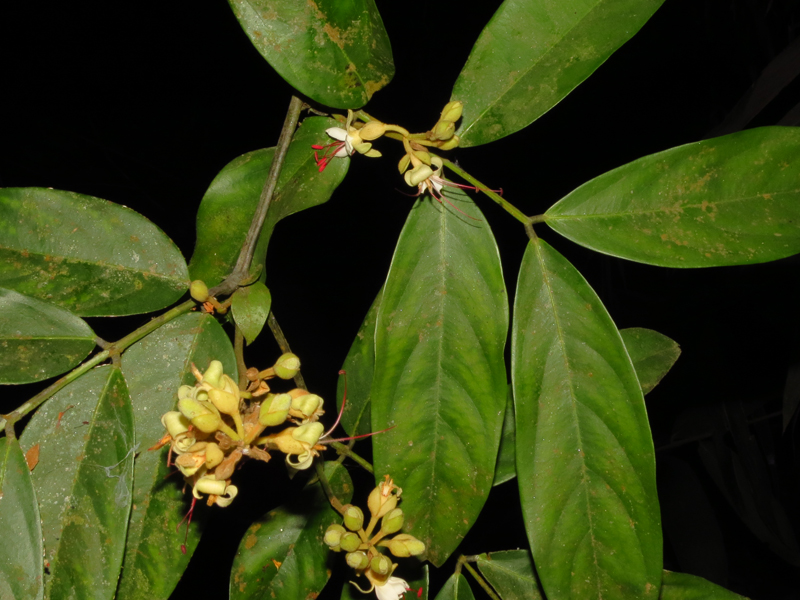
South Canara to southern most end of the Western Ghats with sparse isolated populations.
Endangered
Humboldtia project to contribute the Global Strategy for Plant Conservation
The project is to contribute in achieving the objectives one and two and the targets (1) to (9) of the Global Strategy for Plant Conservation. The recalcitrant nature of the seeds of Humboldtia make the species unsuitable for storing in conventional seed bank. Species of this genus are not well represented in ex-situ collections. It is therefore necessary to improve this representation and develop propagation protocols to enable population reinforcement in-situ. Thus, through the ex-situ live collections of these species, it is expected to achieve the long term goals of increasing the area of occupancy and extend of occurrence of the genus Humboldtia and in turn enhance the biota related with its various species. Ex-situ live conservation is the most adaptable methodology to conserve the threatened species and popularize the ornamental potential of the all species of this genus. Humboldtia. Garden can play a significant role in the species conservation.
GSPC Targets and the corresponding activities of MSSBG for conservation of Humboldtia genus
Objective I: Plant diversity is well understood, documented and recognized
- The diversity of the proposed genus Humboldtia is well understood and documented
- The Project will help in long term conservation of the members in genus Humboldtia
- Under the project quality publications on conservation including best management practices will be produced of targeted species
Objective II: Plant diversity is urgently and effectively conserved
- Develop an exsitu conservation plot of targeted species at MSSBG
- Support insitu conservation through restoration and reintroduction in natural habitats
- Conduct monitoring studies of the five species of marked individualsin situ
- The work will be an initiative for long term conservation of the genus both ex-situ and in-situ
- Collection of seeds and propagules for developing a nursery to support conservation programmes of the targeted species
- Maintain a nursery of the targeted species to cater to conservation needs

